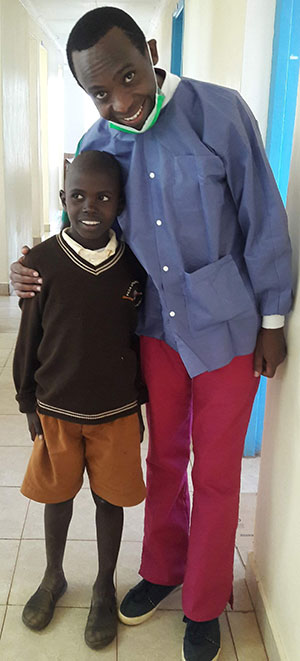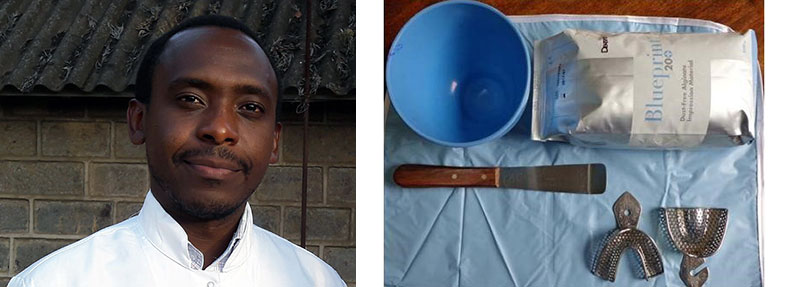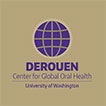 The DeRouen Center manuscript publishing class for junior researchers in Kenya is steadily moving forward, making strides in the publication process. This project, which was made possible by the University of Washington’s (UW) Global Innovation Fund (GIF), with collaborative efforts between the UW Dentistry, Global Health, and Libraries, the University of Nairobi (UoN), and Moi University (MU), is assisting Kenyan oral health professionals in transforming their masters’ theses into manuscripts for publication.
The DeRouen Center manuscript publishing class for junior researchers in Kenya is steadily moving forward, making strides in the publication process. This project, which was made possible by the University of Washington’s (UW) Global Innovation Fund (GIF), with collaborative efforts between the UW Dentistry, Global Health, and Libraries, the University of Nairobi (UoN), and Moi University (MU), is assisting Kenyan oral health professionals in transforming their masters’ theses into manuscripts for publication.
One of our students, Dr. Kerre Nduguyu, is hoping to publish his project entitled “Comparison of measured and predicted mesiodistal tooth-widths in 13-17-year-old Kenyans.” To determine orthodontic treatment plans adolescents and teens, mixed dentition analysis is carried out to estimate the mesiodistal tooth-widths of unerupted permanent teeth. Currently, this analysis includes radiographic analysis, regression/prediction equations, or a combination of the two. The most utilized analysis method is the Tanaka and Johnston formula. However, this analysis was based on Caucasian populations. While it continues to be used worldwide, racial and ethnic differences have shown challenges when the Tanaka and Johnston analysis is applied to other populations besides Caucasians. The aim of Dr. Nduguyu’s study was to develop an analysis tool pilot that better predicts space for the Kenyan population.

The project was a cross-sectional study carried out in sixty-eight 13–17-year-old Kenyans of African descent. Dr. Nduguyu’s research team obtained dentition casts from the children to measure for mesiodistal tooth-widths. Results indicate that there are significant differences between predicted values from the Tanaka Johnston analysis, compared to actual tooth measurements from the casts. Findings from this exciting pilot study will be used in a larger project aimed at validating a proposed space analysis equation to be used by Kenyan oral health providers.
